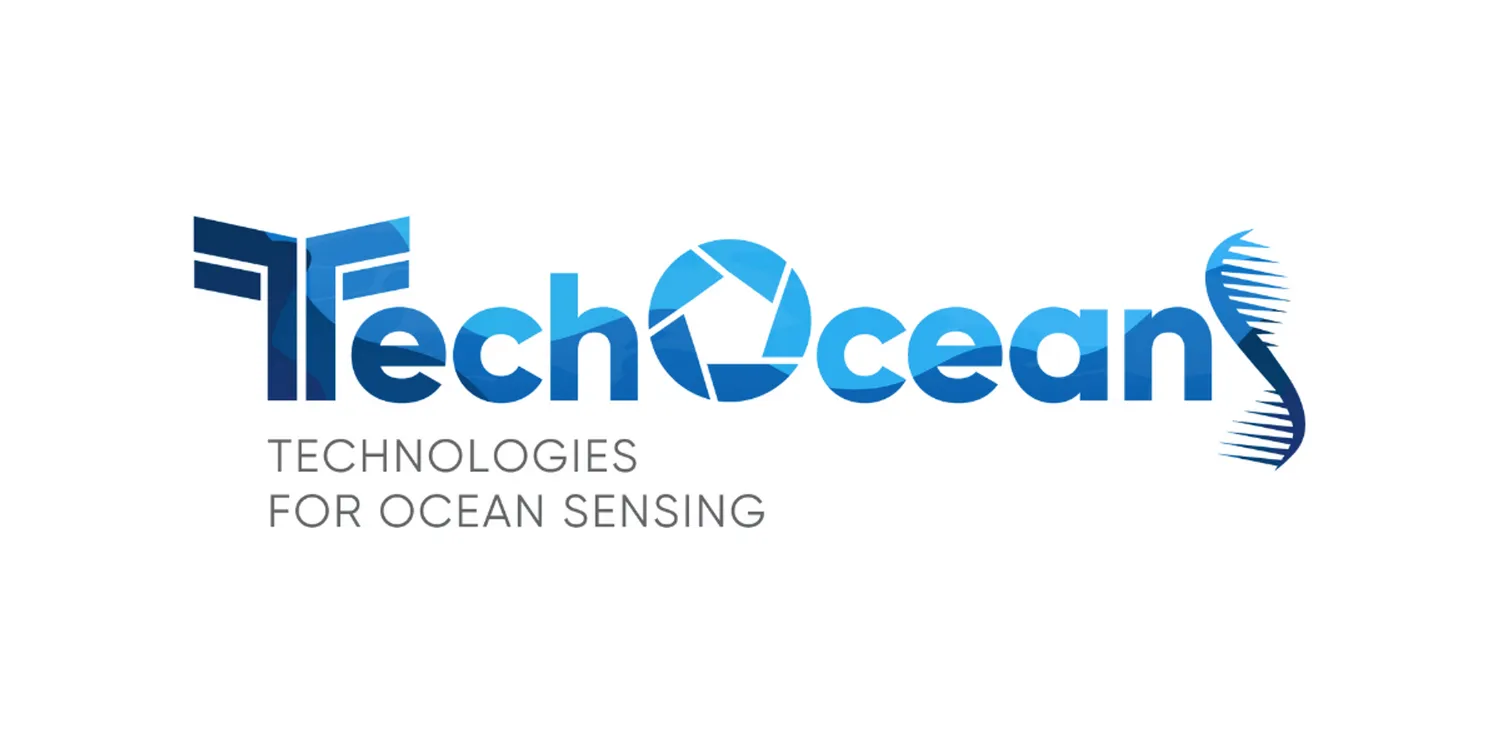15 Dec 2021
Theme 2 is led by the National Oceanographic Centre (NOC) in the UK and constitutes experts from the University of Southampton (UoS), the Helmholtz Centre for Ocean Research Kiel (GEOMAR), Cyprus Subsea Consulting and Service (CSCS), Chelsea Technologies (CHELSEA) and Sorbonne University (SU).
Much of our modern understanding of the natural world is built upon visual analysis, and marine research is no different. Our scientific perception of the world beneath the ocean’s waves is largely framed by what we can see and over the past century our “sight” has evolved rapidly with the advancement of imaging technology. Modern cameras provide us with both macro and micro views across the electromagnetic spectrum, captured by satellites, drones, AUVs, trawled and handheld devices.
In fact, the sheer quantity of imagery now able to be captured has begun to outpace the capacity of researchers to classify, identify and catalogue everything being captured. Advanced cameras are now being used to observe and monitor anthropogenic effects in oceanic ecosystems, such as the presence of microplastics and the reaction of coral to changing water conditions, however the task of parsing this mountain of data still falls largely to human researchers. Additionally, many of the optical systems used for sample analysis in laboratories have not been designed to function in the much more trying conditions of the ocean’s depths. Another challenge in the area of scientific imagery is cost. While the capabilities of top-end equipment has advanced at an impressive rate, many of these systems remain beyond the fiscal reach of many research institutions, leading to an unbalanced distribution of funding and outputs, which in turn runs the risk of introducing a selection bias into the scientific community’s understanding of the health and threat level of marine ecosystems.
TechOceanS Theme 2 is dedicated to the development of a suite of novel optical and imaging technology, analytic software and communication methods that will directly support the ambitious goals of the project, namely low cost, continuous remote autonomous ocean monitoring and measurement. To this end, Theme 2 has:
- Developed a novel airless fluorescence detection system capable of operating at the extreme depths and low temperatures of the deep ocean
- Established an extensive labelled benthic imagery dataset which will inform an advanced machine-learning algorithm for recognising and processing large quantities of imagery data
- Advanced the techniques and protocols for lighting, simultaneous capture and algorithms for translating photographed planktonic images into 3D models
